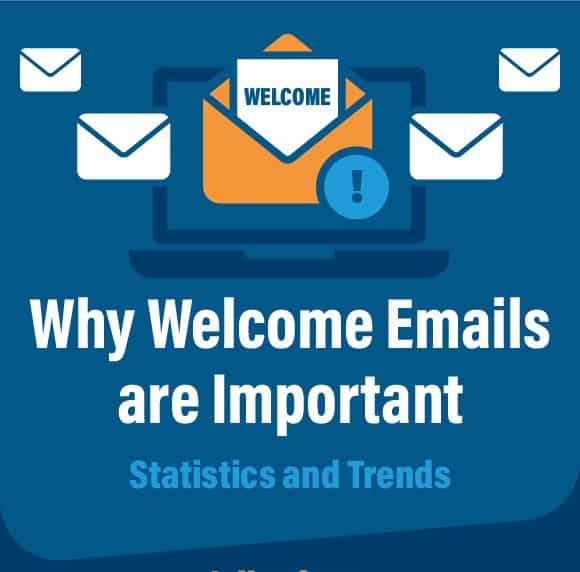Didn’t think welcome emails are important? Think again. According to Invespcro, welcome emails are so important that they result in four times more open rates and five times more clicks. Clearly, welcome emails are critical messages sent to your subscribers to usher them to your online store/website.
Not only do welcome emails provide warm welcome to your new subscribers, they also provide them with relevant content at the right time, when they are psychologically ready for you. When someone visits your website and submit their email, it means they are seriously interested in your product or service. Literally, they are asking you to communicate further with them. As a matter of fact 74% of subscribers expect to receive a welcome email.
As soon as a new subscriber signs up, sending them an email welcoming them onboard will likely get you 320% more revenue than promotional emails. As if that is not enough, you will enjoy 86% more lift in unique open rate. On top of that, you will see a 196% improvement in unique click rate.
If you want to boost your email metrics, there is not a better way to start than sending that welcome metric.
The type of welcome email can range from a series of emails to just a simple automated welcome email message welcoming new subscribers and telling them more about your services or product. This is the perfect of opportunity for you to invite your subscribers to learn more about you. However, be careful lest you risk overwhelming them with too much information in the first instance.
If you think you risk overwhelming your subscribers with information, it is best to combat information overload by sending diving your welcome emails into different themes then sending many welcome emails` in intervals. For instance, you can send the first email to welcome them, the second one to invite them to your social networks and the third to introduce them to your products.
Welcoming emails are also effective because they save time that would have been used to manually collect new leads which can be time-consuming and tedious for even the smallest of businesses. The efficiency that comes with automated email campaigns is worth it. If you have a good marketing automation tool, then you will have an easy time implementing your first welcome email campaign.
Another critical point to note about welcome emails is that they have 10% higher read rate than normal marketing emails. This is the perfect opportunity to reach out to these consumers because they are more receptive.
Source: https://www.business2community.com | https://www.invespcro.com
ABOUT WNFP
Westchester Networking for Professionals (WNFP) is a business organization focused on providing our members and guests with an extraordinary networking experience, bringing business professionals together for the sole purpose of generating new relationships and developing new business opportunities. Not a member, learn how you can become a member and join this awesome group of professionals to connect and grow your business.
Stay Connected with WNFP!
















